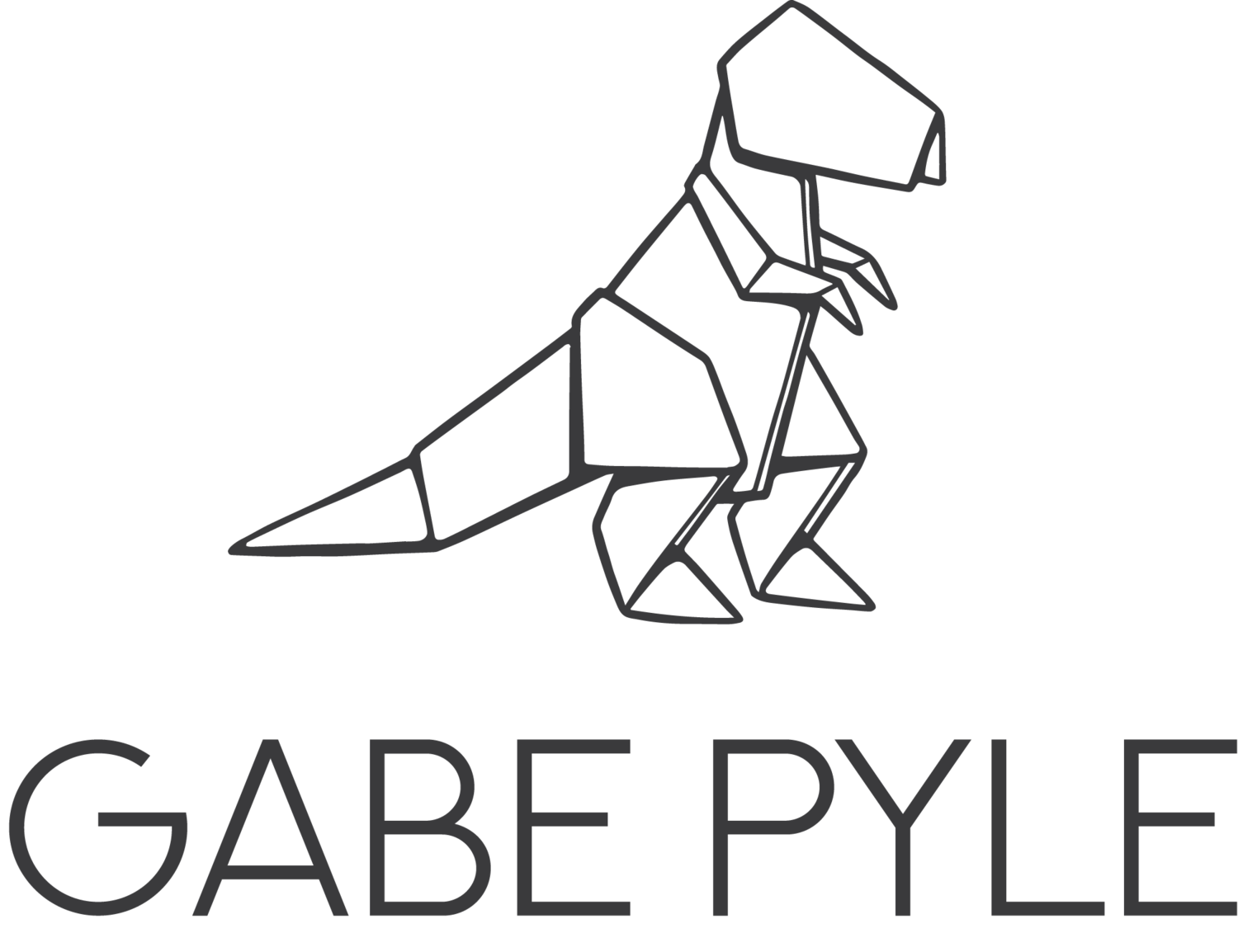A 6.2 | Identifying Organisms
Gabe Pyle | A6.2
Project Update Report: Phase 1
Biomimetic Strategy Identification
Project Summary:
The Biospire Insect Catcher is a biomimetic bug catcher for kids that allows them to take part in observing and participating nature without encouraging them to disrupt it. It will help them capture, study, and release bugs safely and in a way that doesn’t harm the insects.
Purpose:
This report serves as an update on the biomimetic development of the Biospire Insect Catcher kit. The first phase of development resulted in identification of a critical function the product must accomplish and discovery of relevant biological strategies that could provide possible solutions for product functions. The results of this first phase of product development are outlined below.
Selected Function:
Of the possible functions this Insect Catcher would need to perform, the most critical function is the ability to capture living organisms—specifically in a matter that does no harm to the organism.
Organisms that perform this function:
The Bladderwort
The Marsh Pitcher Plant
The Blue Whale
The strategies each of these organisms use to perform this function:
The Bladderwort
The bladderwort is a tiny underwater carnivorous plant that uses a vacuum action to suck its prey into its special leaves. The chamber-like leaves of the bladderwort are equipped with a special gland the pumps water out of the chamber, creating negative pressure inside. The door to the chamber is rigged with sensitive bristles. If a small creature disturbs these bristles, it misaligns the door, creating an opening through which water may rush into the chamber, equalizing the pressure, and sweeping the prey into the chamber with it. The bladderwort then excretes digestive enzymes to break down the prey.
Strategies Used:
Shape (Dome-like chamber and door)
Process (equalization of pressure)
Why it’s effective:
Underwater carnivorous plants aren’t able to use gravity to their advantage the way land-based carnivorous plants are. Instead, they use the force of the water around them.
The Marsh Pitcher Plant
The Marsh Pitcher Plant
Similar to the bladderwort, the marsh pitcher is a carnivorous plant. Unlike the bladderwort, the marsh pitcher captures its prey passively. The leaves of the marsh pitcher curl to form a pitcher, which collects rainwater, with a small, nectar-producing hood above. The insects, inspecting the plant for more nectar, travel down into the plant pitcher where long, slippery hairs prevent the insect from climbing back up. As the insect slides down, it reaches a point in the plant pitcher where there are no hairs. Instead, the plant wall is slick and waxy. The insect can no longer climb out. It falls into the water where it drowns. Bacterial decay dissolves the insect into the water, and the pitcher absorbs the nutrients.
Strategies used:
Shape (pitcher, long hairs)
Material (waxy coating)
Why it’s effective
The marsh pitcher plant captures its prey with minimal effort, using the combination of the insect’s curiosity, the slipperiness of the long hairs and waxy coating of the pitcher wall, the force of gravity, and the collection of rainwater to passively drown its prey. The only energy the marsh pitcher must exert is in producing the nectar to attract the insects.
The baleen of a blue whale
The filtering process a blue whale uses to capture krill
Blue whales
The blue whale, like many large whales, eats only tiny sea creatures called krill. The whale’s mouth is equipped with baleen, sheets of horn, feathered at the end, that create a filter in the mouth of the whale. The whale sucks in a mouthful of water, bringing the krill in with it. The whale then pushes its tongue forward to expel the water and trap the krill in the baleen.
Strategies used:
Process (intake and outtake of water)
Form (feathered horn)
Geometry (baleen hangs parallel like curtains on either side of mouth
Why it’s effective:
The blue whale has developed a method for filtering out its tiny prey from the surrounding water through a combination of fluid dynamics (the intake and outtake of water) and the baleen, which works like a lice comb, catching enough krill for the whale to eat.
Selected Strategy:
Considering the above strategies, the bladderwort presents some a promising strategy for further investigation. The strategy is similar to the way many water-based carnivores move their food into their mouth, sucking water through their mouth to move the food towards their throat (the blue whale is an excellent example). However, the bladderwort’s execution of hydraulic suction takes place not as a result of the organism enacting the sucking mechanism at that moment. Instead, the bladderwort exerts is energy in setting a “trap” that uses the force of the surrounding water for the suction, removing timing from equation. This could be useful in creating a Insect Catcher that doesn’t depend upon an electric motor moving air through a tube in the way a vacuum cleaner sucks air, but instead uses the kind of suction used in a turkey baster.
Conclusions:
The final iteration of this product may not end up resembling the bladderwort, but the principles upon which the bladderwort operate could prove useful in creating a biomimetic bug catcher.






